Kiki Smith
Kiki Smith
Workspace Program Resident 1991
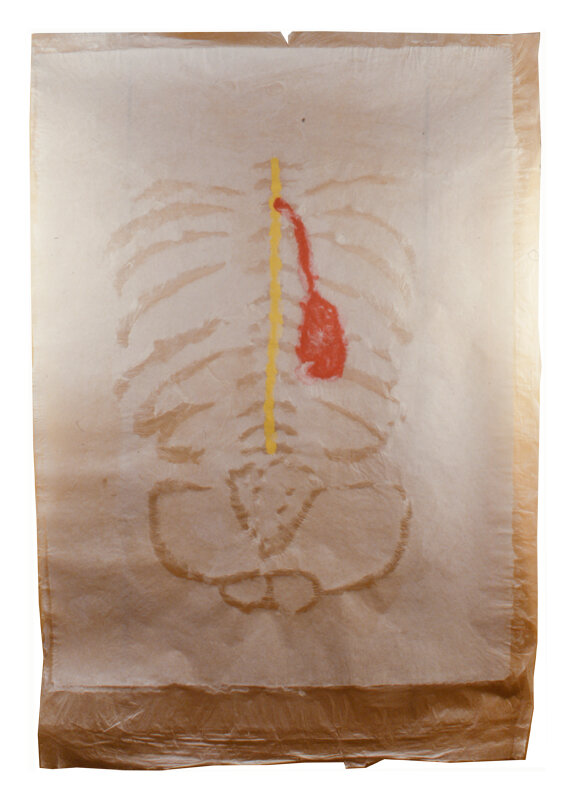
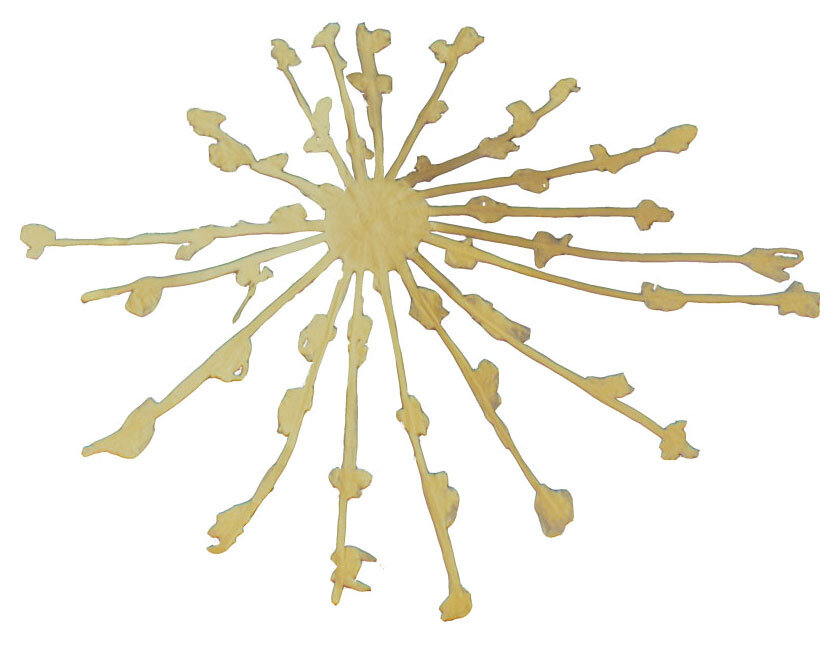
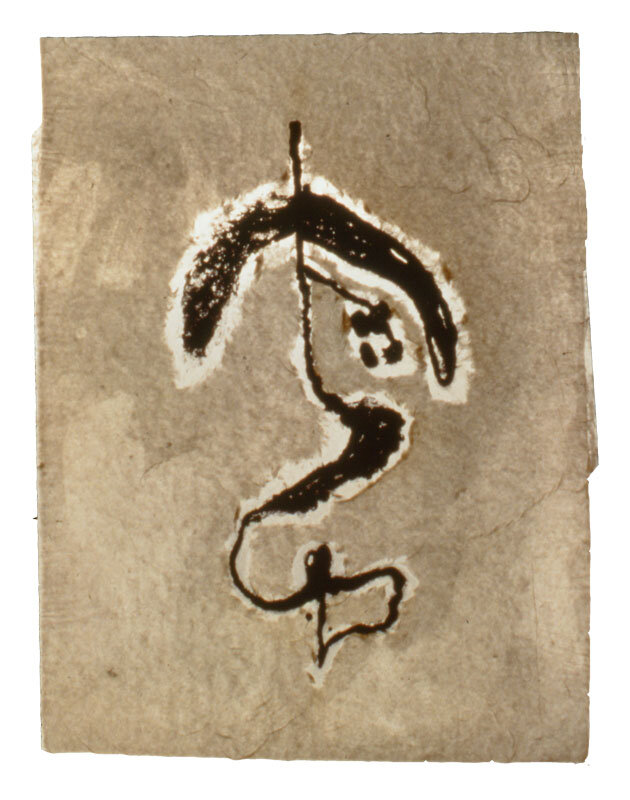
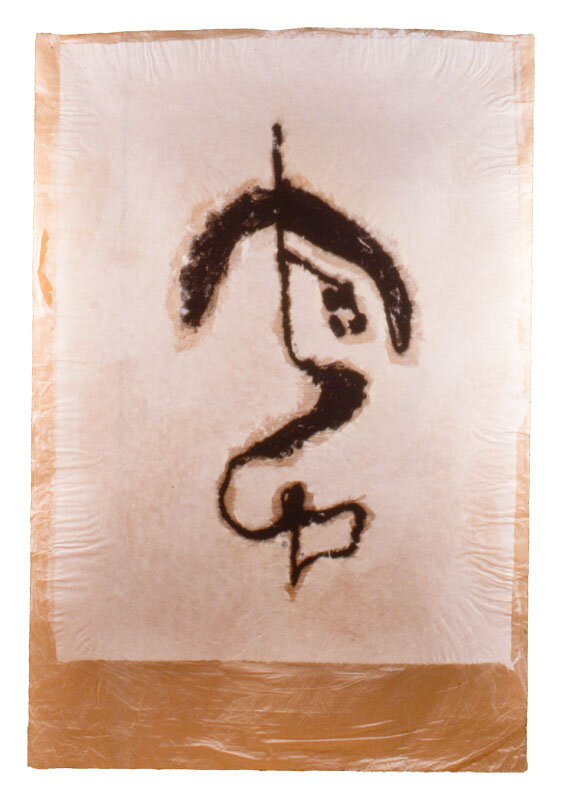
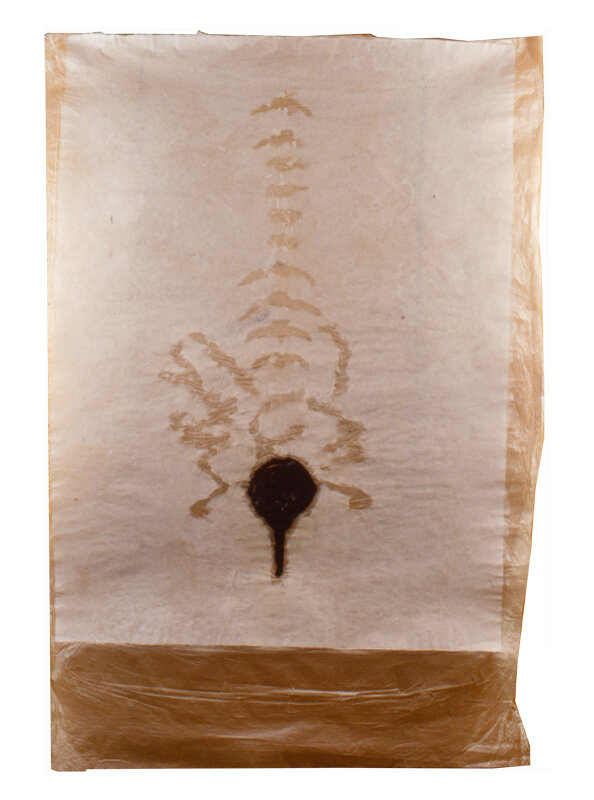
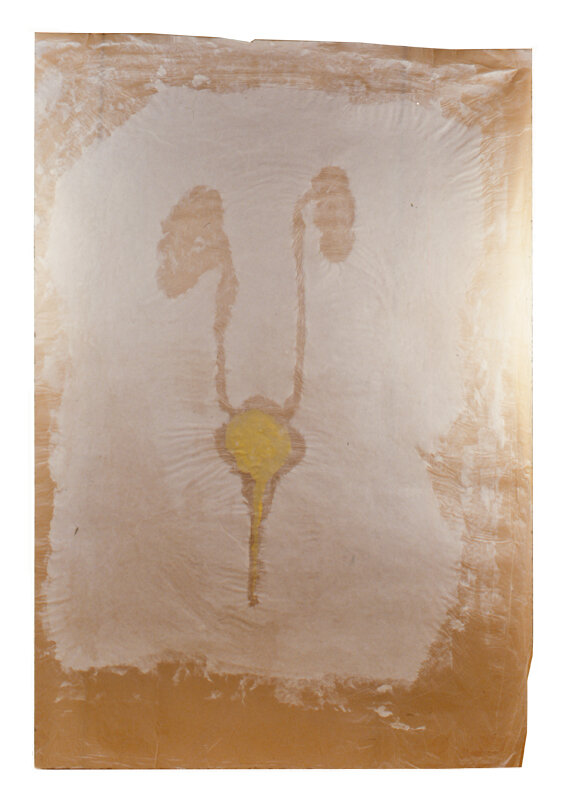
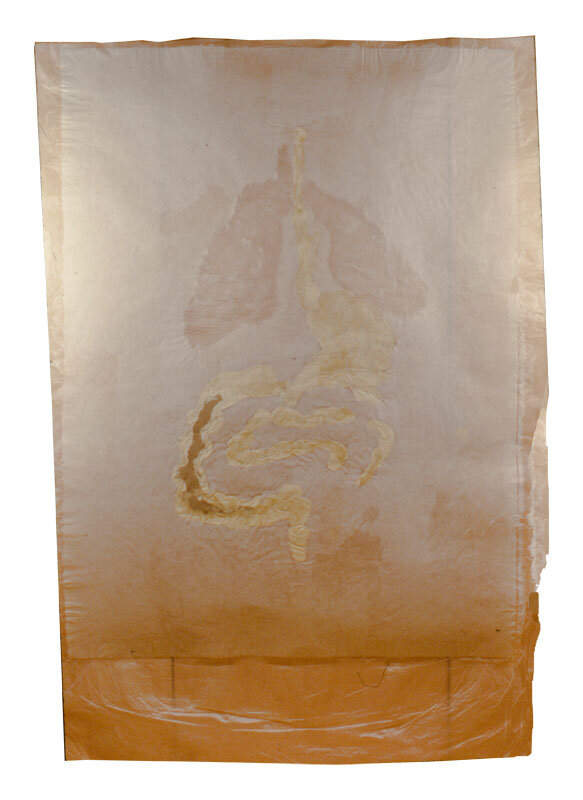

Kiki Smith is best known as a sculptor but her love of craft draws her to work in a variety of materials. Smith’s body of work investigates the body, both internally and externally, and it’s relationship with the larger natural world.Themes of death, decay, birth, and regeneration run through her work. Raised in a Catholic household, she often challenges social taboos about the body, specifically the female body. Her spot on depictions of the human body often leave the viewer feeling uneasy, as if they have just seen something that they were not intended to.
Smith’s work during her Workspace Residency began by examining the body from the inside out. Smith offers us internal views of organs, bones, and organic systems throughout the body. Rolled veins of gampi paper form a model of the inner structure of the female breast. Kiki uses paper as the medium, but the body is used as a means of communication. The human body is a receptacle of many things but primarily one of knowledge.
About the Artist
Kiki Smith (b. Nuremberg, Germany, 1954-), daughter of American sculptor Tony Smith, grew up in New Jersey. As a young girl, one of Smith’s first experiences with art was helping her father make cardboard models for his geometric sculptures. This training in formalist systems, combined with her upbringing in the Catholic Church, would later resurface in Smith’s evocative sculptures, drawings, and prints. The recurrent subject matter in Smith’s work has been the body as a receptacle for knowledge, belief, and storytelling.
In the 1980s, Smith literally turned the figurative tradition in sculpture inside out, creating objects and drawings based on organs, cellular forms, and the human nervous system. This body of work evolved to incorporate animals, domestic objects, and narrative tropes from classical mythology and folk tales. Life, death, and resurrection are thematic signposts in many of Smith’s installations and sculptures. In several of her pieces, including Lying with the Wolf, Wearing the Skin, and Rapture, Smith takes as her inspiration the life of St. Genevieve, the patron saint of Paris. Portrayed communing with a wolf, taking shelter with its pelt, and being born from its womb, Smith’s character of Genevieve embodies the complex, symbolic relationships between humans and animals.
Smith received the Skowhegan Medal for Sculpture in 2000, the Athena Award for Excellence in Printmaking from the Rhode Island School of Design in 2005, the fiftieth Edward MacDowell Medal from the MacDowell Colony in 2009, and has participated in the Whitney Biennial three times in the past decade. In 2005, Smith was elected to the American Academy of Arts and Letters. Smith’s work is in numerous prominent museum collections, including the Museum of Modern Art, New York; Walker Art Center, Minneapolis; Whitney Museum of American Art, New York; Solomon R. Guggenheim Museum, New York; the Metropolitan Museum of Art, New York; and the Museum of Contemporary Art, Los Angeles. Smith lives and works in New York City. (Source: Art21)